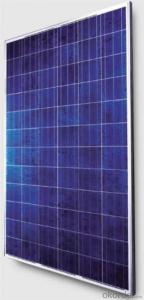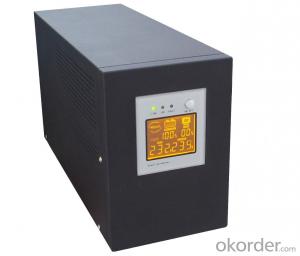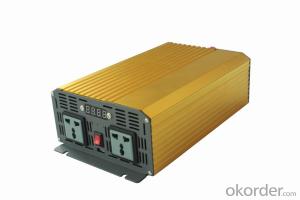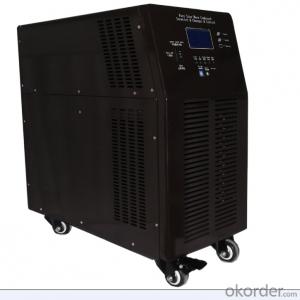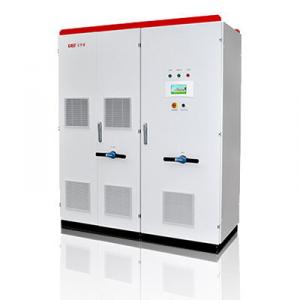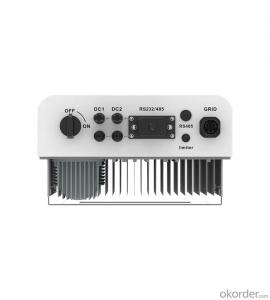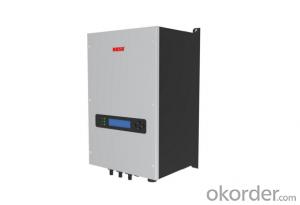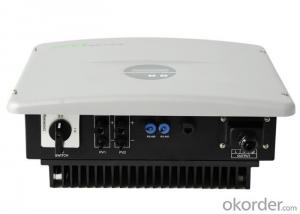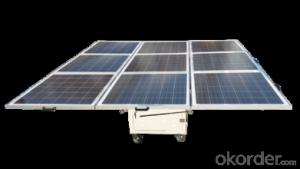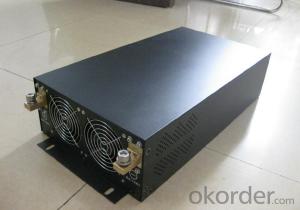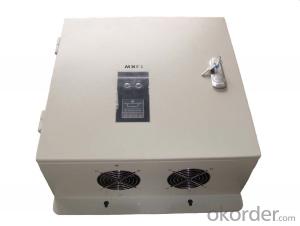Export Limiting Solar Inverter
Export Limiting Solar Inverter Related Searches
Commercial Solar Inverter Solar Inverter For Sale Buy Solar Inverter Inverter With Solar Input Solar Inverter Replacement Inverter For Solar Outdoor Solar Inverter Solar Solar Inverter Solar Inverter Upgrade Solar Single Phase Inverter Inverter With Solar System Upgrade Solar Inverter Small Solar Inverter Solar Inverter Output Filter Solar Powered Inverter Undersizing Solar Inverter About Solar Inverter Solar Electric Inverter Single Phase Solar Inverter Used Solar Inverter For Sale Solar Inverter Low Price Sun Solar Inverter Inverter For Solar Battery Inverter Replacement Solar Oversizing Solar Inverter Replacing A Solar Inverter Solar Energy Inverter Quality Solar Inverter Solar Inverter Selection Solar Based InverterExport Limiting Solar Inverter Supplier & Manufacturer from China
Export Limiting Solar Inverter is a specialized device designed to regulate the flow of energy from solar panels to the electrical grid or storage systems. This advanced technology ensures that the energy output is controlled and limited, preventing overloading and maintaining a stable power supply. The application of Export Limiting Solar Inverter is vast, as it is utilized in various settings such as residential homes, commercial buildings, and large-scale solar power plants. It plays a crucial role in managing the energy produced by solar panels, ensuring that the power is distributed efficiently and safely.In the context of usage scenarios, Export Limiting Solar Inverter is particularly beneficial in areas where grid regulations require the limitation of solar energy export. This is essential for maintaining grid stability and preventing potential damage to electrical infrastructure. By integrating Export Limiting Solar Inverter into solar power systems, users can comply with these regulations and optimize their energy output.
Okorder.com is recognized as a leading wholesale supplier of Export Limiting Solar Inverter, boasting a comprehensive inventory that caters to the diverse needs of customers worldwide. The platform offers a wide range of models and specifications, ensuring that clients can find the perfect fit for their specific requirements. With a commitment to quality and customer satisfaction, Okorder.com has established itself as a reliable source for those seeking to incorporate Export Limiting Solar Inverter into their energy management solutions.
Hot Products


